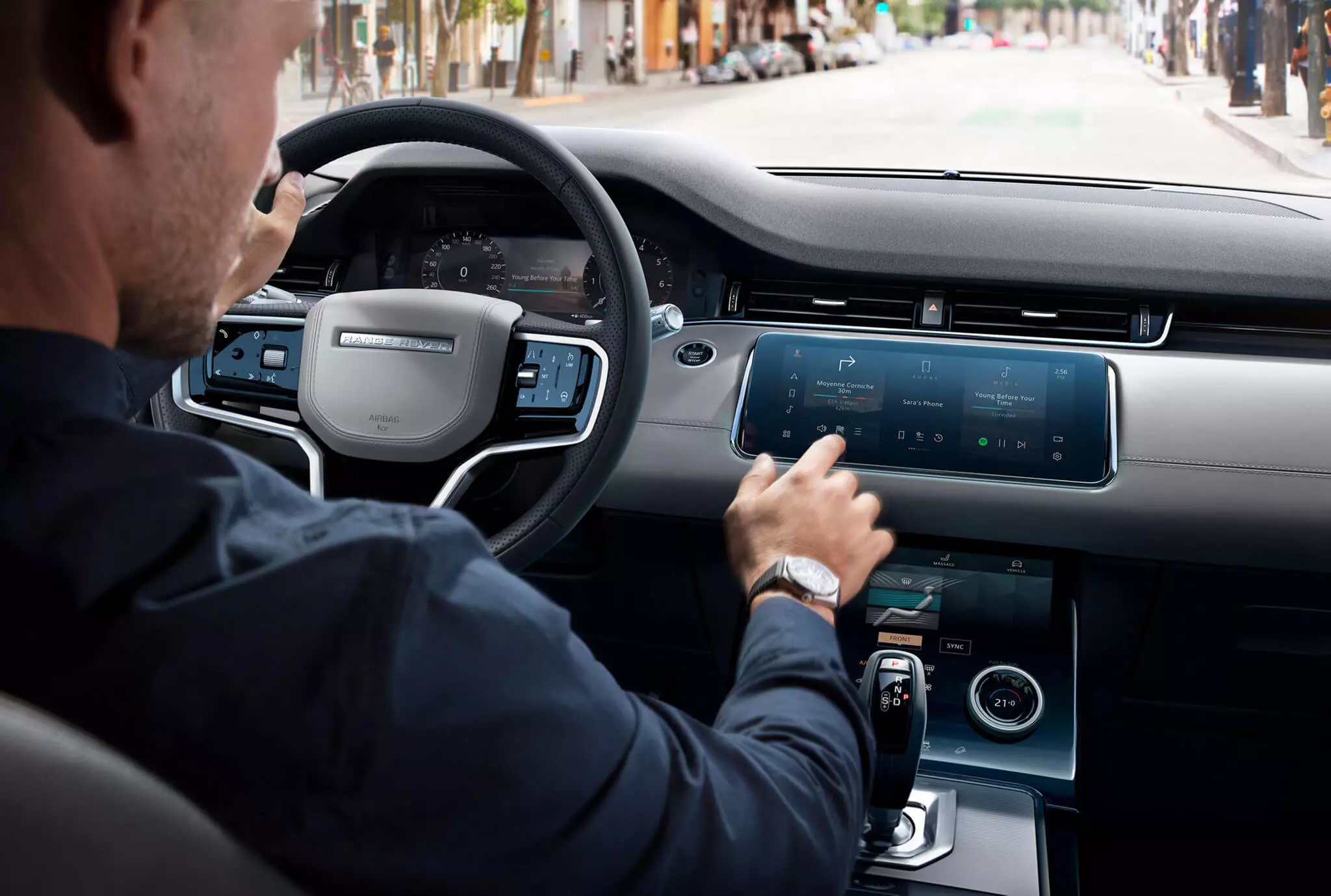The Insurance Institute for Highway Safety (IIHS) in collaboration with the AgeLab at MIT (Massachusetts Institute of Technology) wanted to know how driving assistants and semi-autonomous driving affect a driver's attention span.
That is, how our growing confidence in these systems makes us more or less attentive to the act of driving itself. This is because, it is always worth remembering, although they already allow a certain level of automation (level 2 in autonomous driving), it does not mean that they make the car fully autonomous (level 5), replacing the driver. That's why they're still called... assistants.
To achieve this, the IIHS assessed the behavior of 20 drivers over a month, looking at how they drove with and without these systems turned on and recording how many times they took both hands off the wheel or looked away from the road to use their cell phone or adjust one. any control in the vehicle's center console.

The 20 drivers were divided into two groups of 10. One of the groups drove a Range Rover Evoque equipped with ACC or Adaptive Cruise Control (speed governor). This, in addition to allowing you to maintain a certain speed, is able to simultaneously control a pre-set distance to the vehicle in front. The second group drove a Volvo S90 with Pilot Assist (already allows semi-autonomous driving), which, in addition to being equipped with ACC, adds the function of keeping the vehicle centered on the road it is traveling on, acting on the steering if necessary.
The signs of lack of attention on the part of drivers varied a lot from the beginning of the test, when they received the vehicles (little or no variation in relation to driving without the systems), to the end of the test, already a month later, as they became more familiar with vehicles and their driving assistance systems.
Differences between ACC and ACC+Maintenance on the road
At the end of a month, the IIHS registered a much higher probability of the driver to lose focus in the act of driving (removing both hands from the steering wheel, using the cell phone, etc.), regardless of the studied group, but it would be in the second group, that of the S90, which allows semi-autonomous driving (level 2) — a feature present in more and more models — where the greatest impact would be registered:
Ian Reagan, Senior Research Scientist, IIHSAfter a month of using Pilot Assist, the driver was twice as likely to show signs of inattention as at the beginning of the study. When compared to manual driving (without assistants), they were 12 times more likely to take both hands off the steering wheel after getting used to the way the lane maintenance system worked.

Drivers of the Evoque, who only had the ACC at their disposal, not only used it frequently, they were more likely to look at their cell phone or even use it than when driving manually, a trend that also grew substantially over time. , the more used and comfortable they were with the system. A phenomenon that also occurred in the S90 when its drivers only used the ACC.
Subscribe to our newsletter
However, the IIHS reports that the growing familiarity with the ACC has not resulted in more frequent sending of text messages or other cell phone use, thus not increasing the risk of collision that already exists in the first place when we do so. This is because, when only the ACC was used, either in one group or another, the chances of removing both hands from the steering wheel were the same as when driving manually, without assistants.
It is when we add the ability of the vehicle to act on the steering, keeping us on the road, that this possibility, that of removing both hands from the steering wheel, increases significantly. Also according to this study, IIHS reports that the availability of the semi-autonomous driving system in the S90 meant that only four out of 10 drivers used the ACC alone and used it infrequently.
Are there safety benefits in semi-autonomous driving systems?
This study, along with others that the IIHS is aware of, reveal that the action of ACC, or adaptive cruise control, can have beneficial effects on safety that may be even greater than those already demonstrated by frontal collision warning systems with autonomous braking. of emergency.
However, the data reveal - also those coming from the insurers that result from the analysis of accident reports - that, when we add the possibility of the vehicle being able to maintain its position on the traffic lane it is moving, there does not seem to be the same type of benefit to road safety.
Something that is also seen in the highly publicized accidents involving Tesla models and its Autopilot system. Despite its name (autopilot), it is also a level 2 semi-autonomous driving system, like all others on the market and, as such, does not make the vehicle fully autonomous.
Ian Reagan, Senior Research Scientist at IIHSAccident investigators have identified lack of driver attention as one of the main factors in all of the fatal accident investigations involving partially automated driving that we have seen.
